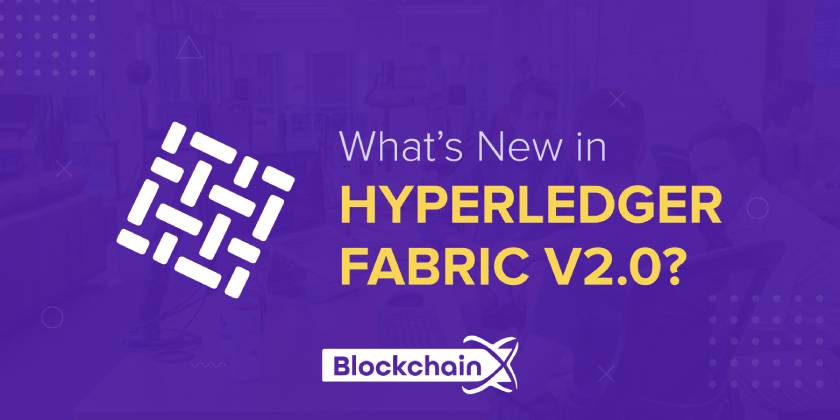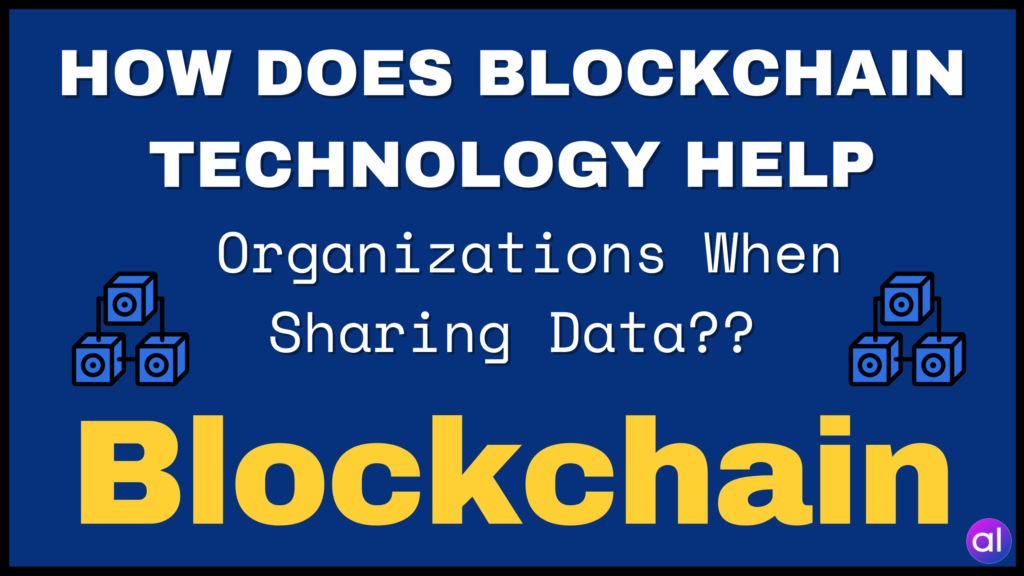
The release of the new Hyperledger Fabric v2.0 brings forth many new upgrades and changes to the previous v1.4.
But what exactly is Hyperledger Fabric? And why are people talking about it? It’s easy to get confused with all these words being thrown around. Many people still have a hard time understanding what blockchain technology is and how it works.
So here is everything you need to know about Hyperledger Fabric v2.0.
Hyperledger
To know what Hyperledger Fabric is, you should know what Hyperledger is. Yes, there is a distinction between these two terms.
Hyperledger is an umbrella project by the Linux Foundation and consists of several Frameworks and Modules. These tools allow businesses to develop blockchain-based private networks and applications to suit their needs.
Permissioned Blockchains
This the major feature that separates Hyperledger from conventional blockchains.
While blockchain technology is a decentralized permissionless ledger that is available openly to the public, Hyperledger is a private permissioned network where businesses can store their confidential private data. Businesses can limit access to this private data to permissioned entities or persons.
Hyperledger Fabric
Hyperledger Fabric is a framework for distributed ledger solutions that allows enterprise businesses to develop blockchain solutions and applications with a modular architecture and delivers high levels of flexibility, confidentiality, resiliency, and scalability.
Its modular architecture allows components such as consensus and membership services to be plug-n-play, allowing businesses to resolve complexities in their economic ecosystem.
Unlike permissionless blockchains like Bitcoin, which allows public users into the network to make transactions, Hyperledger Fabric allows entities to conduct confidential transactions with permissioned members via a trusted membership service provider.
What’s New in Hyperledger Fabric v2.0?
Hyperledger v2.0 is the first major release after v1.4 back in January 2019 and brings us many new upgrades and changes for both users and operators.
V2.0 now offers support for new applications and privacy patterns, enhanced governance for smart contracts, and new options for operating nodes.
Moreover, you still have the ability to upgrade network components on your own terms, with support for rolling changes from the previous version. This means that you can upgrade each network component one at a time, with no downtime.
Additionally, it also has the option to enable the new features only when the member organizations are ready.
Now let’s dig a little bit deeper into what Hyperledger Fabric v2.0 has to offer.
Governance for Smart Contract
Something totally new in Hyperledger Fabric v2.0 is the decentralized governance for smart contracts. You also get a new process for installing a chaincode on your peer and starting it on a channel.
The new chaincode lifecycle enables multiple organizations to arrive at an agreement on the chaincode’s parameters, such as the endorsement policy of the chaincode, before you use it to interact with the ledger.
More flexibility for Fabric chaincode lifecycle
In the previous releases of Hyperledger Fabric, only one organization was able to set the parameters of a chaincode, such as an endorsement policy, for all other members. The other members couldn’t take part in the transactions that invoked the chaincode as they only had the power to refuse the installation of the chaincode.
The new Fabric v2.0 chaincode lifecycle now supports decentralized trust models along with the centralized trust model of the previous version, making it much more flexible.



